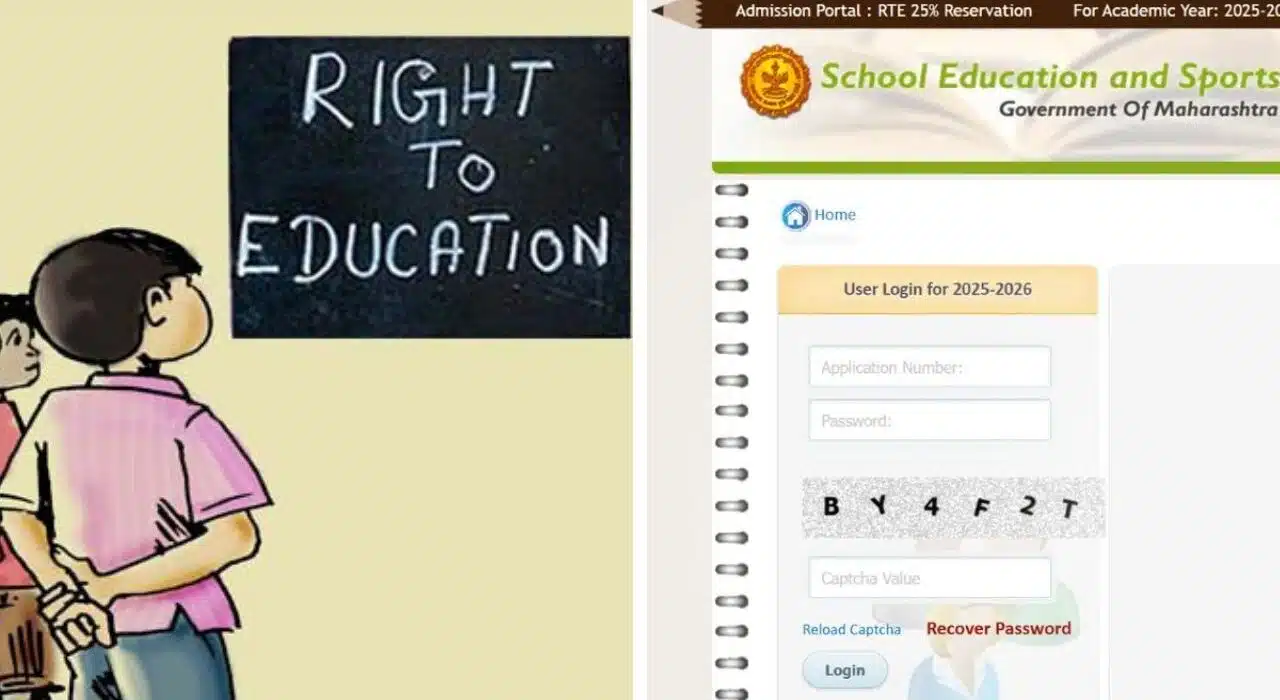The state school education department has begun the free faculty RTE 2025-26 Admissions process. Under the Right to Education (RTE), students from the second waiting list are being given the opportunity to get admission in 25 % reserved seats. The last date for admission of these students is April 25, extended from April 15.
The application procedure for admission through quota under RTE in the academic year 2025-26 started on January 14. Out of the 3.05 lakh programs acquired for 1,09,087 seats in the country, 1,01, 967 names have been drawn. Although 64,619 students had secured admission by last date, more than 36,000 seats stayed vacant.
25% Seats reserved for RTE 2025-26 Admissions
To ensure the rights of childrens from economically weaker sections to quality education, 25 % seats are reserved in 8,863 schools in the country. The admission process for those seats is conducts online. This year, there have been 1,09,087 seats available throughout the state. For this, the parents of 3,05,152 children had applied. Out of these, 1,01,967 names have been drawn for admission by drawing lots.
Initially, a deadline of February 28 was given for this parents to visit colleges, upload their documents, and get admission. However, because that only 50,000 students had been admitted by the given deadline, this process was extended until March 10. Now, by March 10, the parents of 64,619 students have submitted their documents and got admission. This range is 36,000, much less than the range decided on in the lottery process.
How does RTE Works
The Right to Free and Compulsory Education (RTE) Act provide for reservation of 25 % seats in private unaided schools at the entry level for childrens from weaker sections. Economically vulnerable and negative households couldn’t come up with the money to send their childrens to colleges with high fees. However, through RTE 2025-26 Admissions, the dream of such families to send their children to private colleges is being fulfilled.
Read also: PM Modi and JD Vance announce Terms of Reference for ‘mutually beneficial’ bilateral trade agreement
